Microplastics—tiny fragments of plastic less than 5 millimeters in size—are showing up in alarming amounts in everyday foods. Recent findings reveal that many common kitchen items are sources of these invisible pollutants. As evidence mounts linking microplastics to health issues like inflammation, hormone disruption, and even carcinogenic risks, it’s time to rethink what we use at home. Here are seven items that are especially problematic, and what safer alternatives you can adopt.
1. Plastic Cutting Boards
When cutting or slicing, tiny plastic particles are scraped off, especially if the board is worn, scored, or has a rough surface. These microplastics mix with food and become ingested.
What to do instead: Use boards made of bamboo or hardwood. These tend to resist damage better and don’t shed microplastics the way plastic does.
2. Non-Stick (Teflon) Cookware
High heat and repeated use can degrade non-stick coatings, causing microscopic particles to flake off and end up in your food.
What to do instead: Choose stainless steel, cast iron, or enamel cookware. These materials may require a bit more care but are much safer long-term.
3. Plastic Food Containers and Plastic Wrap
Heating food in plastic containers or covering dishes with plastic wrap significantly raises the risk of microplastics migrating into the food, especially with hot or greasy meals.
What to do instead: Store and reheat food in glass or ceramic containers. Use beeswax wraps or cloth covers instead of plastic wrap.
4. Disposable Plastic Cutlery
Plastic forks, spoons, and knives shed particles, particularly when used with hot or acidic food, which accelerate the breakdown of the plastic.
What to do instead: Keep reusable metal, bamboo, or wood cutlery on hand. They last longer and are free from this risk.
5. Plastic Containers in Dishwashers
Dishwashing subjects plastics to hot water, detergents, and vigorous movement—all of which contribute to microplastics being released into wastewater and potentially into future food contact.
What to do instead: Use heat-resistant glass or stainless storage options. Wash plastics gently, or better yet, use fewer plastic items where possible.
6. Melamine or “Magic” Sponges
These cleaning sponges work well against stains and grime, but they shed fibers or microscopic plastic particles with every scrub, many of which end up in water or surfaces.
What to do instead: Use natural fiber cloths, brushes with wood handles, or sponges made from plant-based, compostable materials.
7. Plastic Tea Bags
Some tea bags contain plastic for sealing or structure. When steeped in hot water, they release billions of microplastic particles into the tea itself.
What to do instead: Use loose-leaf tea or tea bags made purely of paper or plant fibers. Avoid bags with plastic seals or inside coatings.
Why This Matters
- Health Impacts: While research is still evolving, microplastics are linked to inflammation, oxidative stress, potential hormonal effects, and may affect gut health.
- Cumulative Exposure: It’s not just one item—it’s the cumulative effect of many small exposures that can become significant over time.
- Environmental Footprint: Plastics from kitchenware also contribute to pollution—wastewater, soil, and oceans suffer when microplastics wash away.
Easy Steps to Reduce Exposure
- Inspect and replace worn or deeply scratched plastic kitchen items.
- Avoid heating or microwaving food in plastic containers.
- Prefer natural materials (wood, bamboo, stainless steel, glass) for food contact surfaces.
- Choose colder water or shorter cooking times when possible.
- Look for products certified as plastic-free or those that minimize plastic content.
By making some small swaps and being mindful of how we cook, clean, and store food, we can significantly reduce our exposure to microplastics. It’s not about eliminating plastic entirely, but about choosing what matters and protecting both our health and the environment.

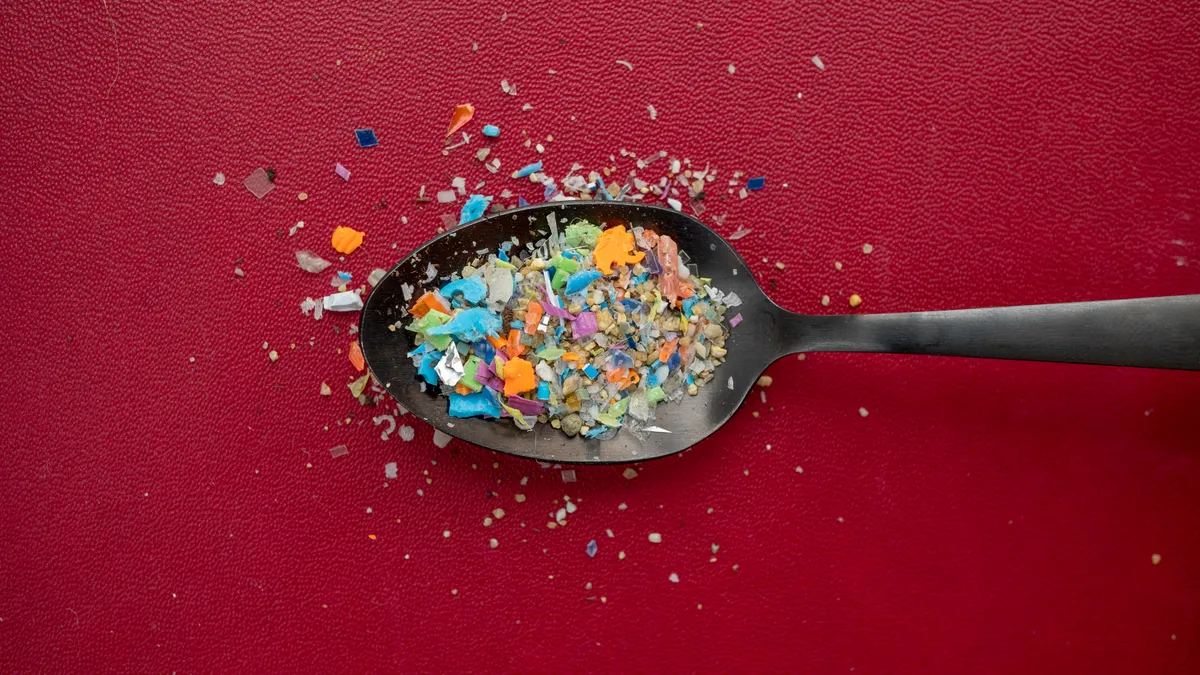

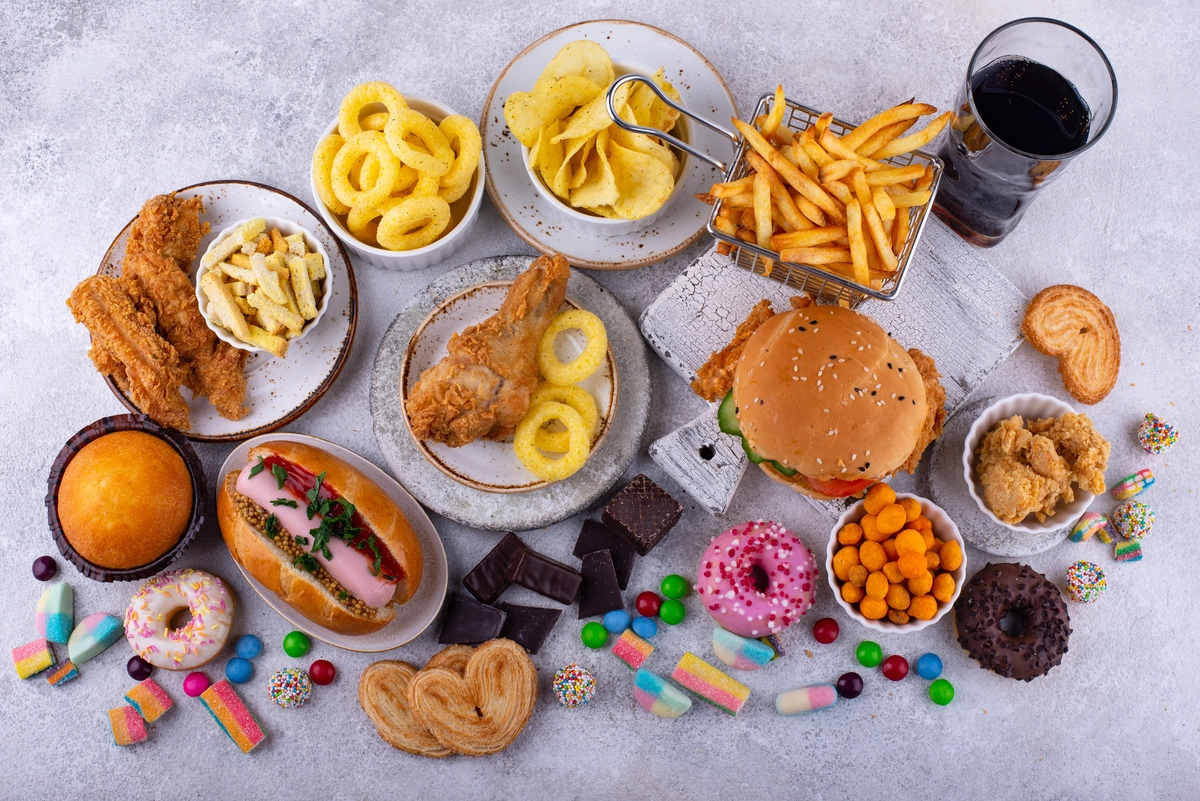


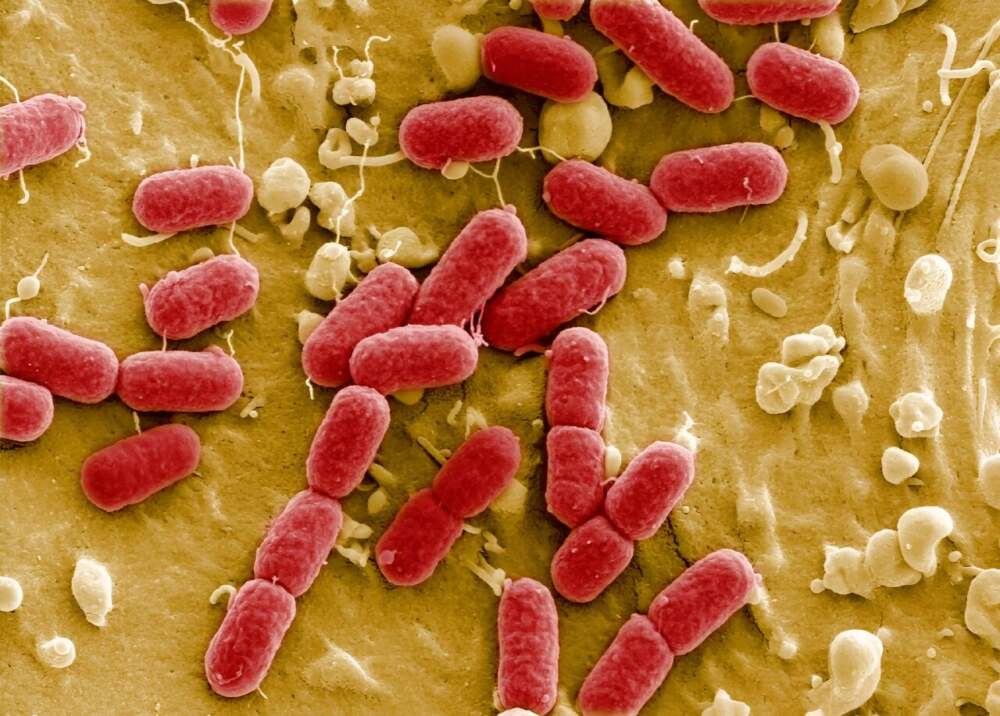
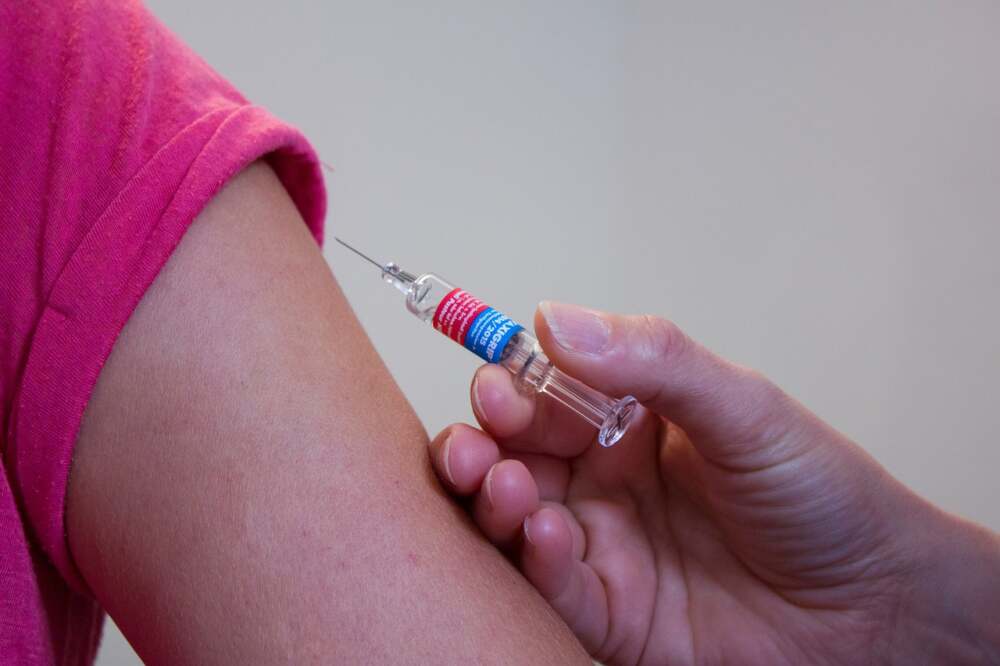


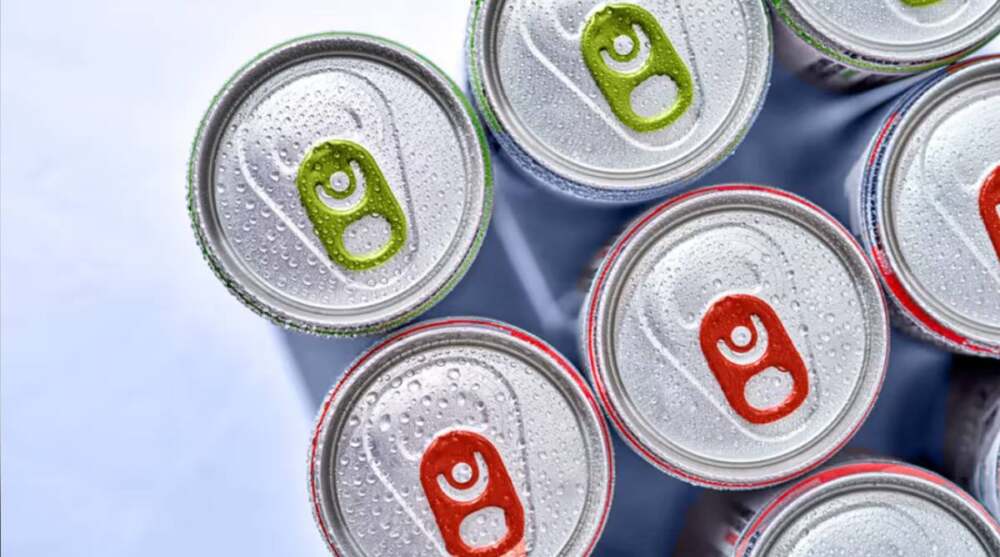
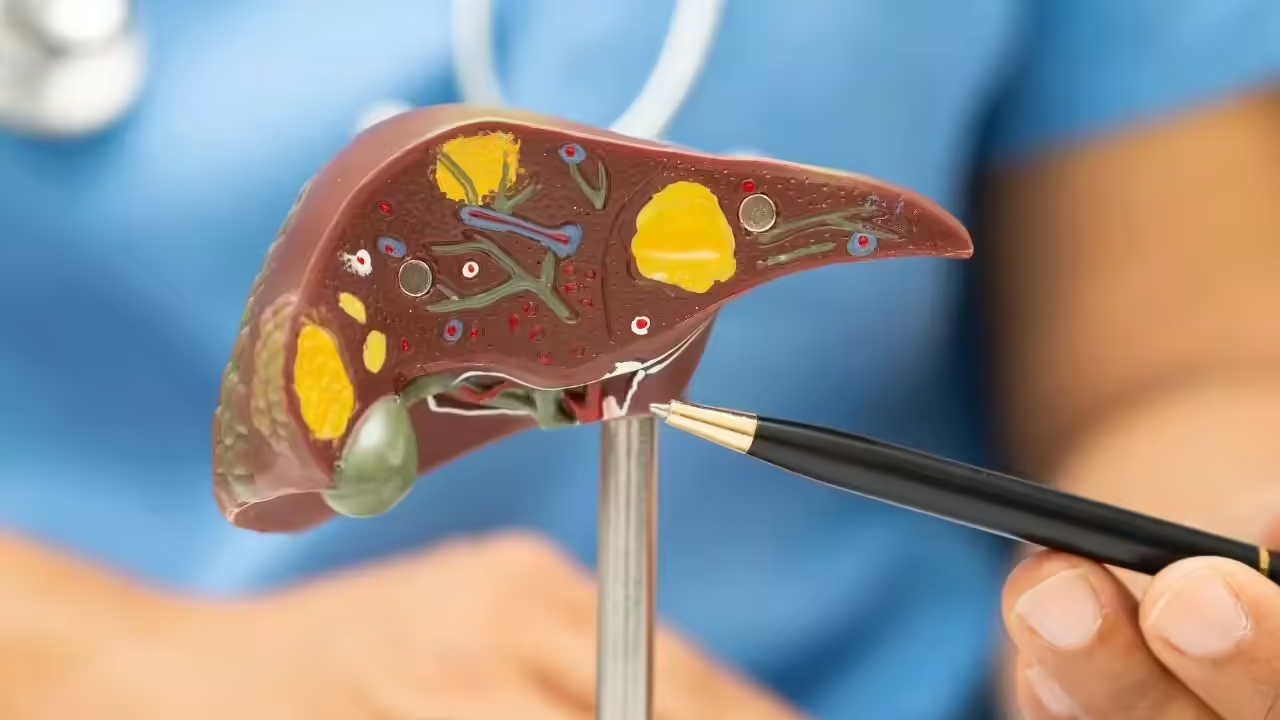




Leave a Reply